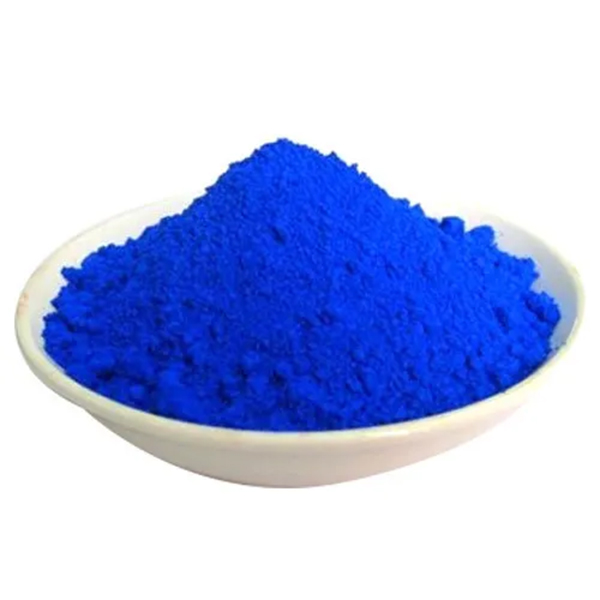Ultra Marine

Hydrous and Calcined Kaolin in Ultramarine Pigment Production
Hydrous and calcined kaolin both play pivotal roles in the production of ultramarine pigments, which are vibrant blue pigments used across various industries, including paints, coatings, cosmetics, plastics, and ceramics. Hydrous kaolin, known for its fine particle size and natural purity, serves as a cost-effective base material for ultramarine pigment synthesis.
Hydrous kaolin is more affordable and commonly used in mass production, while calcined kaolin, with superior properties, is more expensive but ideal for high-performance applications. Both are natural, non-toxic, and environmentally friendly, supporting the sustainability of ultramarine pigment production.
Hydrous Kaolin in Ultramarine Pigments
Key Benefits
- Role: Used as a raw material for ultramarine pigment synthesis (with sodium carbonate and sulfur).
- Properties: Affordable, fine particle size, contributes to strong tinting strength.
- Applications: Cost-effective paints, coatings, plastics, rubber, and cosmetics.
- Advantages: Non-toxic, environmentally friendly, economical.
Calcined Kaolin in Ultramarine Pigments
Key Benefits
- Role: Used for higher-quality, more stable ultramarine pigments.
- Properties: Higher purity, more crystalline structure, better color intensity, enhanced heat stability.
- Applications: Premium paints, ceramics, plastics, and specialty products.
- Advantages: Superior pigmentation, color retention, heat resistance, and durability.
Conclusion
- Hydrous Kaolin is ideal for cost-effective, standard ultramarine pigments for general applications.
- Calcined Kaolin is used for premium, long-lasting ultramarine pigments with superior color performance and stability.

